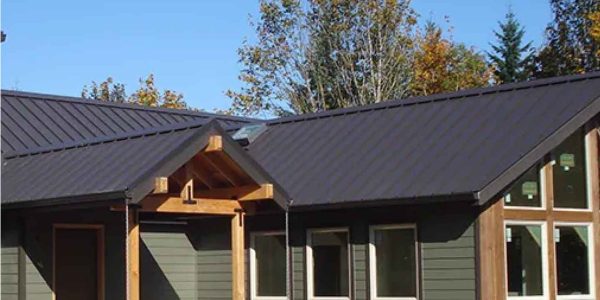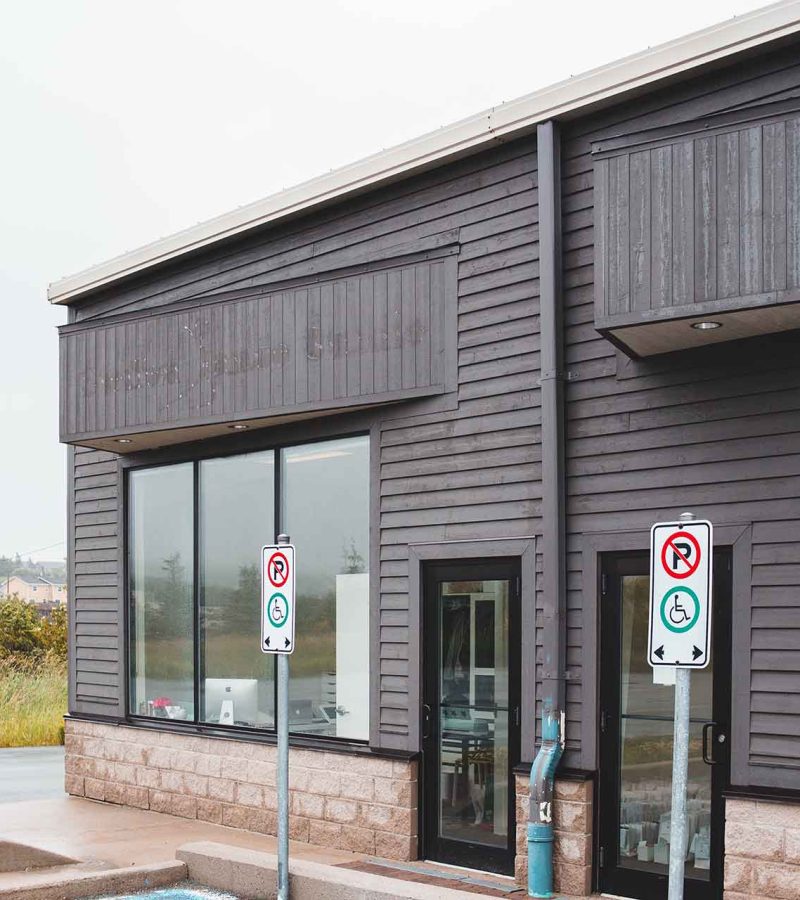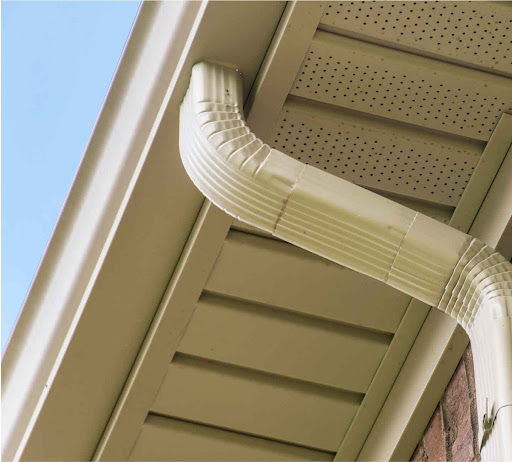Processes and Key Considerations
Liberty Sheet Metals’ custom gutter fabrication process involves craftsmanship, attention to detail, and the use of high-quality materials, including copper, zinc, pre-painted steel and stainless steel.
We consider factors such as roof design, local climate, and aesthetic preferences to ensure the custom gutters seamlessly integrate with the property.
The process of fabricating gutters involves several key steps to ensure that the final product meets the specific demand of the client.

Here’s an overview of the typical gutter fabrication process:
- The process begins with a consultation between the client and the fabrication team. During this stage, the client’s selection, requirements, and any unique specifications are discussed.
- Design plans are then created, considering factors such as the architecture of the building, aesthetic preferences, and functional requirements.
- The choice of material is a critical aspect of custom gutter fabrication. Common materials include aluminum, copper, steel, or zinc, each offering different aesthetic and durability characteristics.
- The material is selected based on the client’s choice, budget, and the specific environmental conditions the gutters will face.
- Precise measurements of the installation area are taken to make sure a perfect fit for the custom gutters.
- The selected material is then cut according to the design specifications. This step requires accuracy to achieve the desired shape and dimensions.
- The cut pieces are then shaped and formed to create the customized gutter profile. This can involve bending, folding, or soldering the material to achieve the desired structure.
- Attention to detail is crucial during this stage to ensure that the custom gutters align with the design plans.
- Various components of the gutters are assembled, including sections, corners, and downspouts.
- Welding or fastening methods may be employed to join the different parts of the gutter system securely.
- Depending on the chosen material, a surface finish may be applied to enhance durability, resist corrosion, or achieve a specific aesthetic.
- Common finishes include painting or leaving materials like copper to develop a natural patina over time.
- Before installation, the custom gutters undergo a thorough quality inspection. This involves checking for any defects, ensuring proper alignment, and confirming that the gutters meet the client’s specifications.
- The final step involves the professional installation of the custom gutters in the designated building. This requires precise placement and secure attachment to ensure optimal functionality and longevity.
- By following these steps, the custom gutter fabrication process results in a tailored solution that serves its functional purpose and contributes to the overall design and performance of the building.



